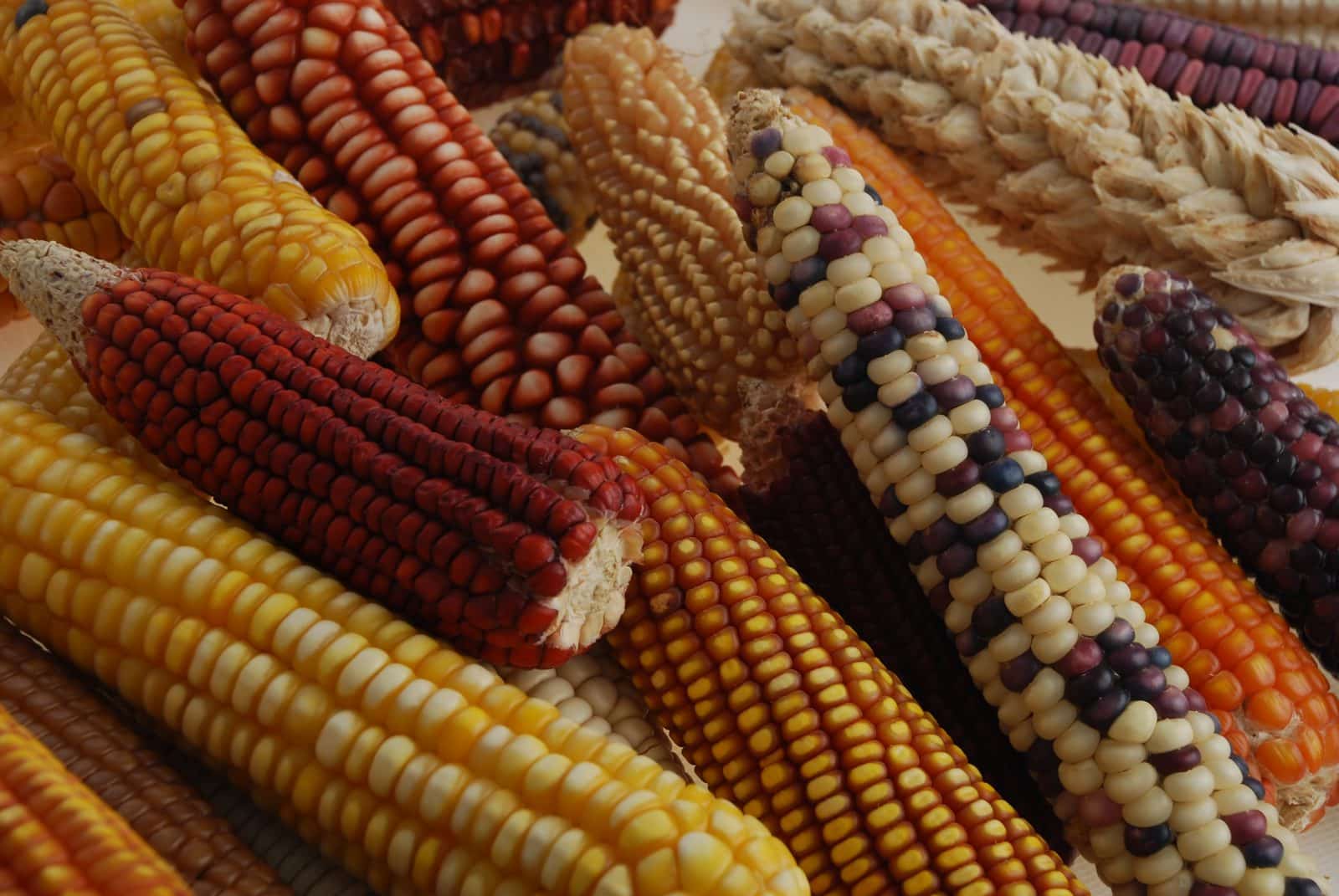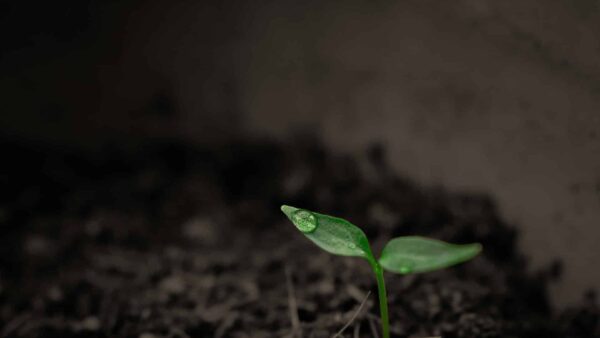With so much germplasm to categorize, what’s the best way to label them? Seeds of Discovery is working on the answer.
Imagine walking through a grocery store, doing your weekly shopping. Everything seems normal, but as you pick up a can, there’s no label. There’s nothing to tell you what the product is, and now you can’t reliably choose anything to eat this week.
Now switch gears and imagine a germplasm bank. Without the right labeling on these different varieties, it’s difficult to tell what’s new and what’s already been discovered when working on new research projects.
That’s where the Molecular Maize Atlas steps into play.
About nine years ago, the International Maize and Wheat Development Center (CIMMYT) started an initiative called the Seeds of Discovery (SeeD). This initiative facilitates easier access to and use of maize and wheat genetic resources.
SeeD achieves impact through five main components: genotyping, phenotyping, software tools, pre-breeding and capacity building.
“One of the aims of Seeds of Discovery was to best characterize germplasm,” says Sarah Hearne, a molecular geneticist and maize lead of SeeD. “At CIMMYT, our international germplasm bank holds in trust one of the largest and most diverse publicly available maize collections in the world.”
However, Hearne says this germplasm bank used to look like a grocery store without any labels or without labels that would allow someone to select a can of value. To combat this, SeeD decided to work on a labeling process for the germplasm bank: the Molecular Maize Atlas.
The Molecular Maize Atlas is an information platform that brings genotypic data resources and associated tools together. This genotypic data provides unifying information across landraces and acts as a common backbone, which other valuable information, like phenotypic data, can be added to.

“Nine years ago, genotyping and sequencing was getting cheaper, so we could start to characterize everything in the bank using high density genotyping,” Hearne says. “When generated and analyzed appropriately, genotypic data gives you an unbiased framework, that allows us to use other data on top as well.
“When you think of your school atlases, you had different kinds of information all layered together on top of a common framework, in this case a map of the world. The Molecular Maize Atlas conceptually does the same thing. It shows what the genotype of a particular maize accession is, where germplasm is from, when it was collected, what environment it was collected from, any phenotypic characteristics which have been measured on that accession and other information that when combined gives us very important insight,” Hearne says.
SeeD uses this data for different purposes such as mapping data for breeders or even creating a strategic viewpoint to determine what materials would be of higher value for breeders and researchers to use in their research.
For CIMMYT, starting this program accomplished one major goal: it lowered the transaction cost for accessing germplasm bank materials for breeders and researchers.
“It’s like labeling supermarket cans so you can make a better choice,” Hearne says. “Not all genetic diversity is beneficial for breeding and landraces carry a lot of crud in addition to beneficial variation. A lot of breeders are resistant to go to germplasm banks because you never know what you will get, so we use the atlas to make more informed selections and lower these transaction costs.”
SeeD has also implemented a pre-breeding program to help cross exotic germplasms into more breeder-friendly breeding lines. Hearne says before pre-breeding, exotic varieties look like a tiger, and they don’t always behave well. With pre-breeding, the tiger turns into more of a street cat; it resembles something closer to what you would use in an inbred program and is useful as donor materials if you want to develop new inbred lines for hybrids, develop OPVs for more marginal farming systems or to use in participatory plant breeding in landrace-based systems.
“There’s quite a mix of people who use the Molecular Maize Atlas,” she says. “We have universities that are starting to use it as a teaching tool. We have people using it to explore germplasm conservation opportunities. We even have small seed companies here in Mexico who use the data by characterizing their germplasm genotypically, and then compare their germplasm to those present in the Atlas.”
The Molecular Maize Atlas helps bring landraces into active use via the efforts of germplasm bank users. Currently, examples include the use of landraces in heat-tolerant research, development of new drought-tolerant breeding lines and participatory maize breeding with smallholder farmers to improving disease tolerance.
“We’re encouraging more and more use as we go along,” Hearne says. “We really want to see more targeted use of the materials available in the germplasm bank.”
Ultimately, SeeD wants to see the benefits of the Molecular Maize Atlas help the entire maize community, including those who have been the custodians of these valuable resources — smallholder farmers.
“We want to try and leverage the powers that are provided from next generation genotyping to make valuable native genetic variation available to the community,” she says. “These resources can then be used across the breadth of the germplasm value chain from improving the stability of landraces to providing novel traits in parental development in a more commercial setting.”
All in all, Hearne wants the seed industry to know one thing: it’s an ongoing process.
“There’s always new data,” she says. “We give people two years to mine, assemble and curate the data, and then we release (the data) through our portals along with knowledge generated from its use to the community. We’ll continue to release data this year, and we’re really encouraging people to explore the resources and give us their feedback. We want to have open communication to understand what resources are of value, what we can work on to better enable people to use the data and what analyses we can do or the community would like to do to generate extra value.”
To learn more about the Molecular Maize Atlas, visit their website.












